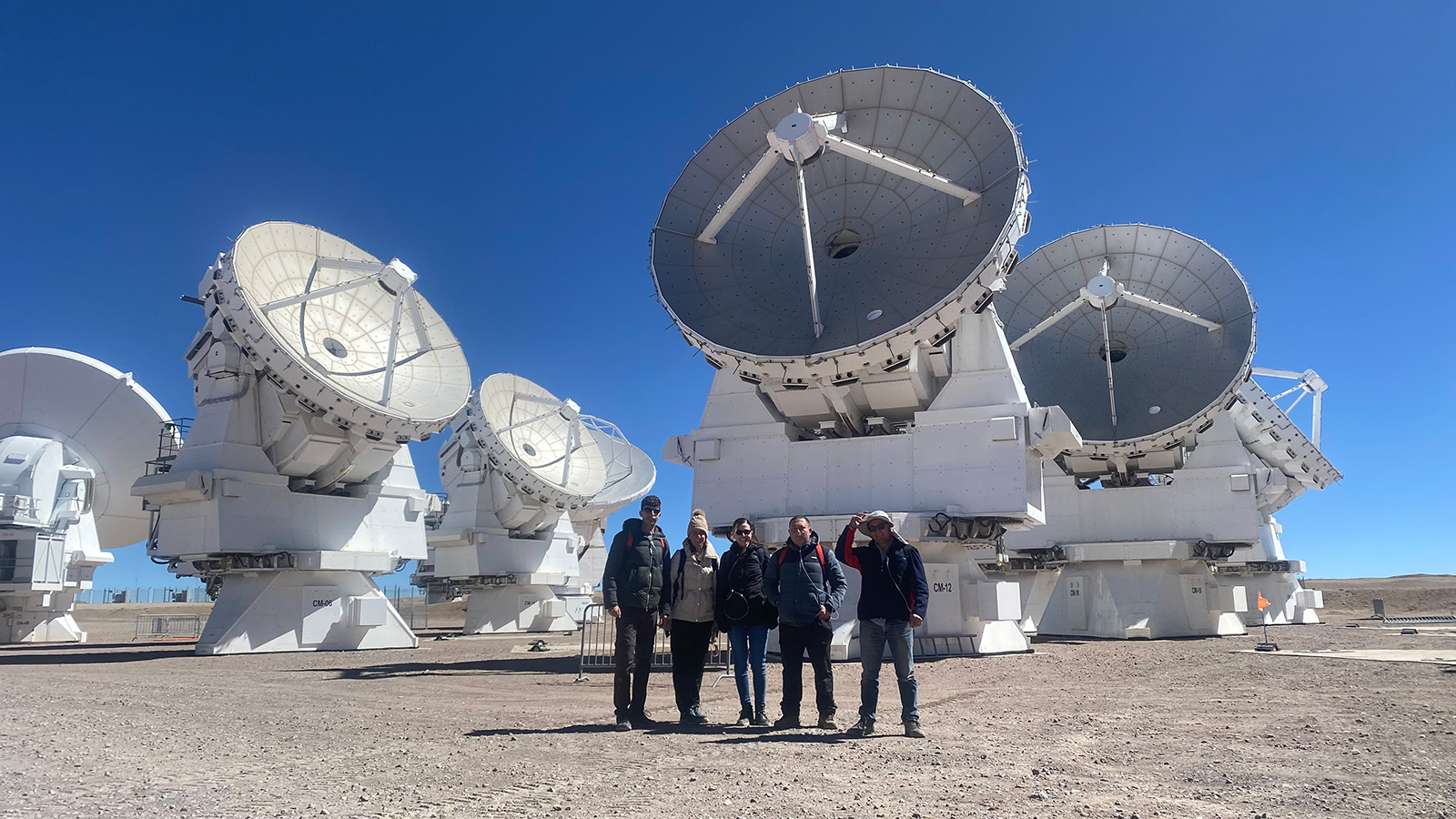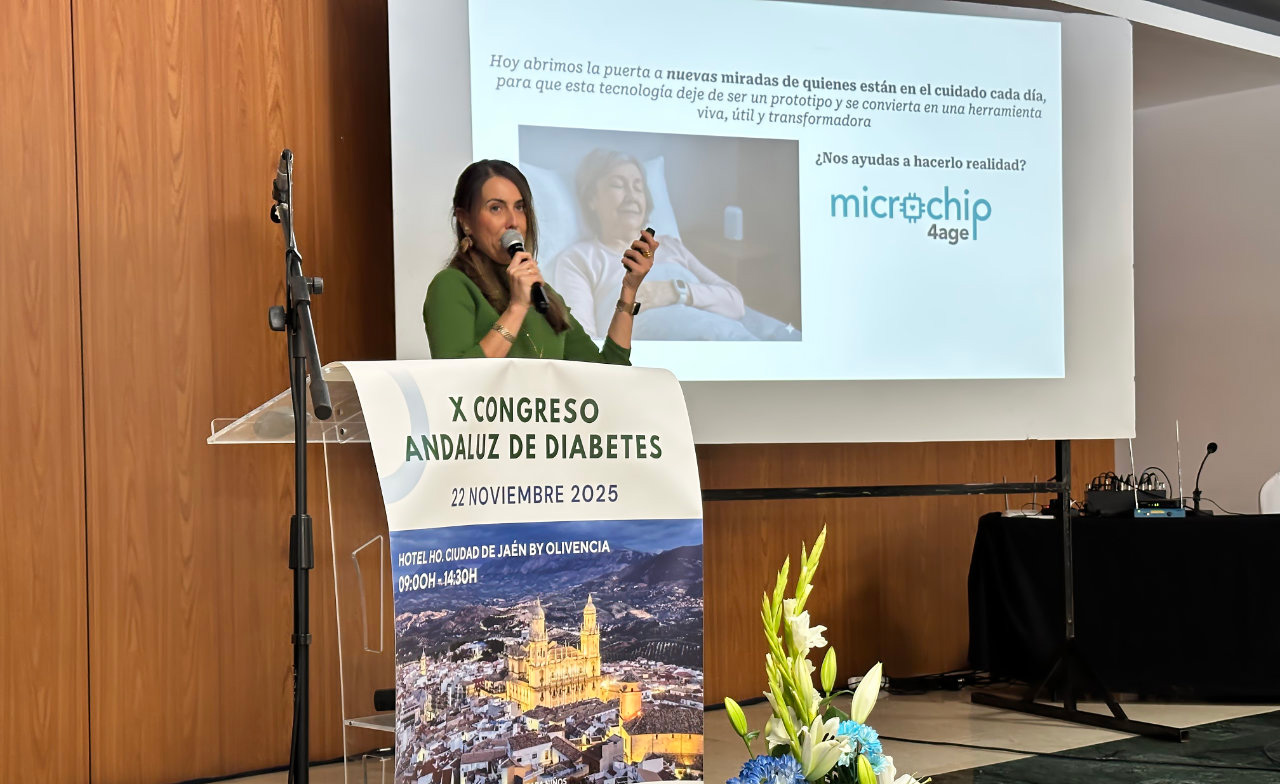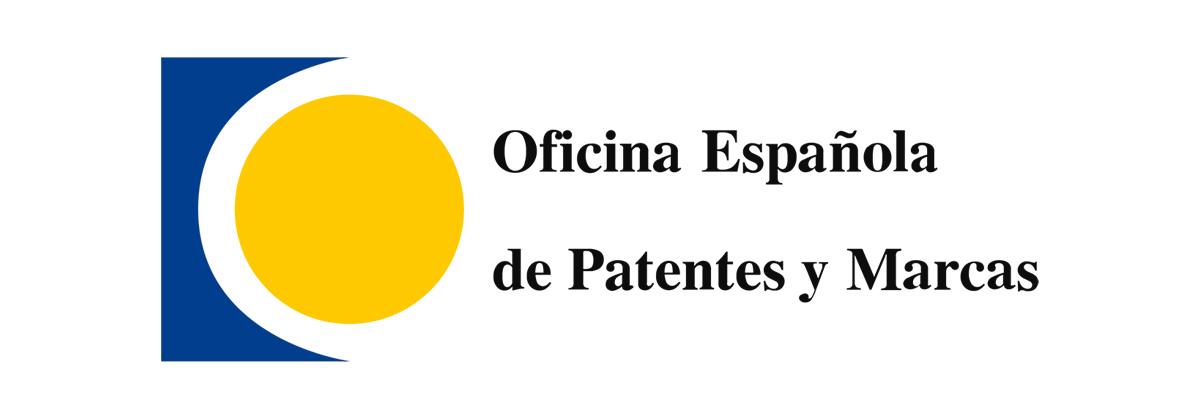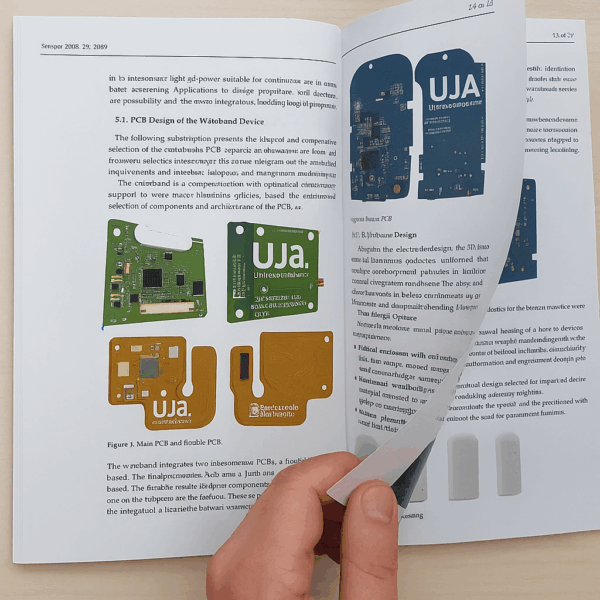Members of the MicroChip4Age team reflect on the future of intelligent localization and monitoring systems in extreme settings during their visit to astronomical observatories in San Pedro de Atacama.
San Pedro de Atacama, April 2025 – As part of their academic visit to the Faculty of Engineering at the Universidad Católica de la Santísima Concepción (UCSC), researchers Dr. Macarena Espinilla and Dr. Antonio P. Albín Rodríguez from the University of Jaén—both members of the MicroChip4Age project—took part in a scientific expedition to San Pedro de Atacama. The visit was made possible thanks to an invitation from Dr. Ricardo Bustos, director of the PhD Program in Artificial Intelligence of CRUCH Biobío-Ñuble, and was joined by Dr. Silvia Restrepo Medina from UCSC’s Faculty of Engineering.
During this unique experience, the researchers had the opportunity to visit some of the most iconic astronomical observatories in the world, located at over 5,000 meters above sea level, in one of the cleanest, most stable, and extreme environments on Earth for scientific observation.
The visit included three internationally renowned facilities:
- SIMONs (Atmospheric Monitoring Systems): focused on the high-precision analysis of atmospheric conditions.
- CLASS (Cosmology Large Angular Scale Surveyor): dedicated to the study of the cosmic microwave background, essential for understanding the origin of the universe.
- ALMA (Atacama Large Millimeter/submillimeter Array): the world’s most advanced radio telescope array, consisting of 66 antennas and equipped with one of the most powerful correlators on the planet, operating at the highest recorded altitude for a system of its kind.
Reflections on MicroChip4Age in extreme environments
In this extraordinary setting, the MicroChip4Age team reflected on how the systems developed through the project—focused on non-invasive localization and monitoring—could be adapted and scaled to extreme environments, such as high-altitude zones, scientific bases, remote rural areas, or critical infrastructure settings.
The low temperatures, atmospheric pressure, and limited connectivity of the Atacama Desert provided an ideal context for assessing the resilience, energy efficiency, and operational autonomy of the technological solutions developed within the project.
MicroChip4Age: innovation with a global perspective
This experience strengthens the international and interdisciplinary character of MicroChip4Age, and highlights its potential to go beyond traditional health and social care applications—applying its advances in microelectronics, artificial intelligence, and sensor technology to new frontiers of innovation.





